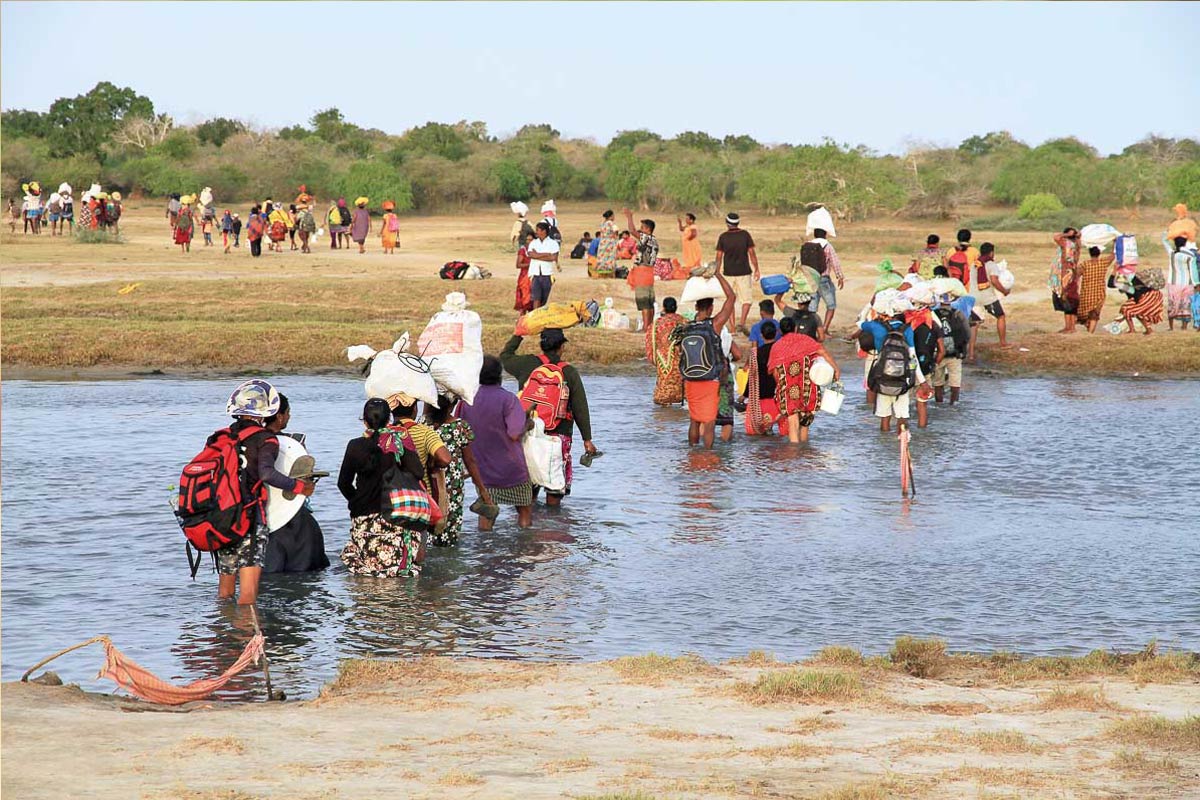
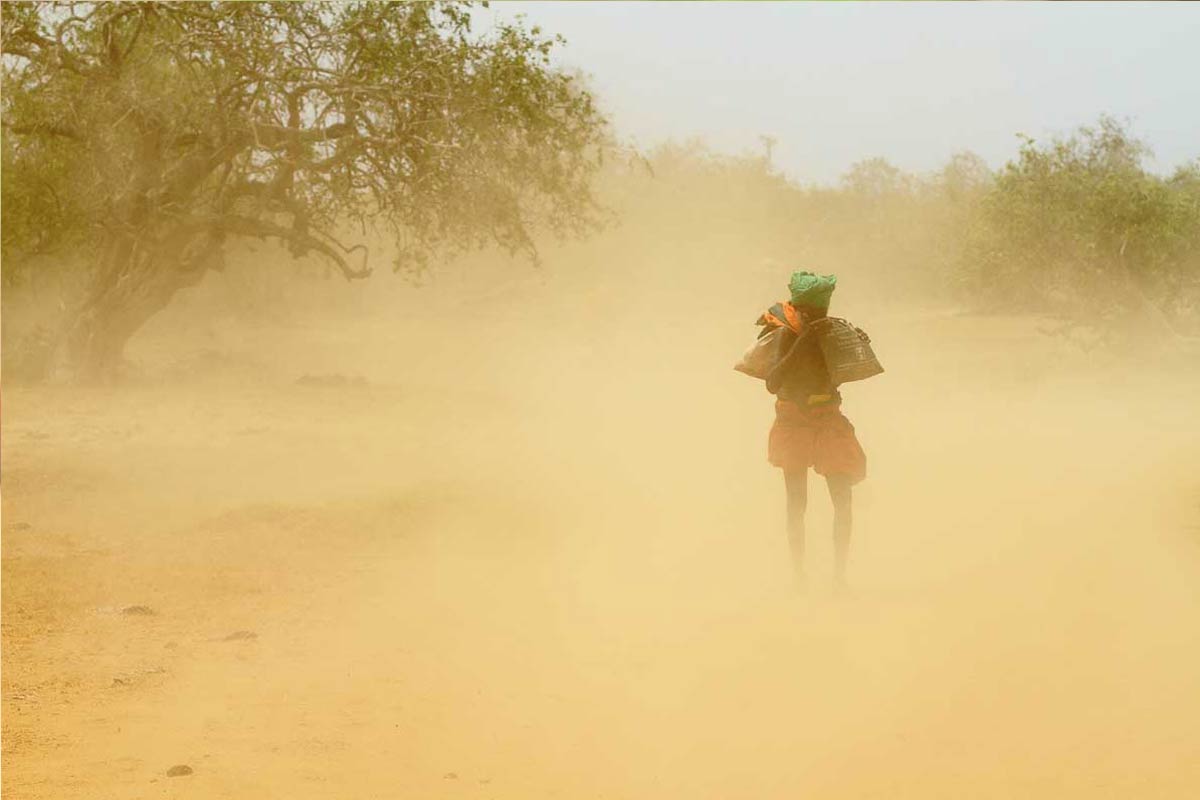
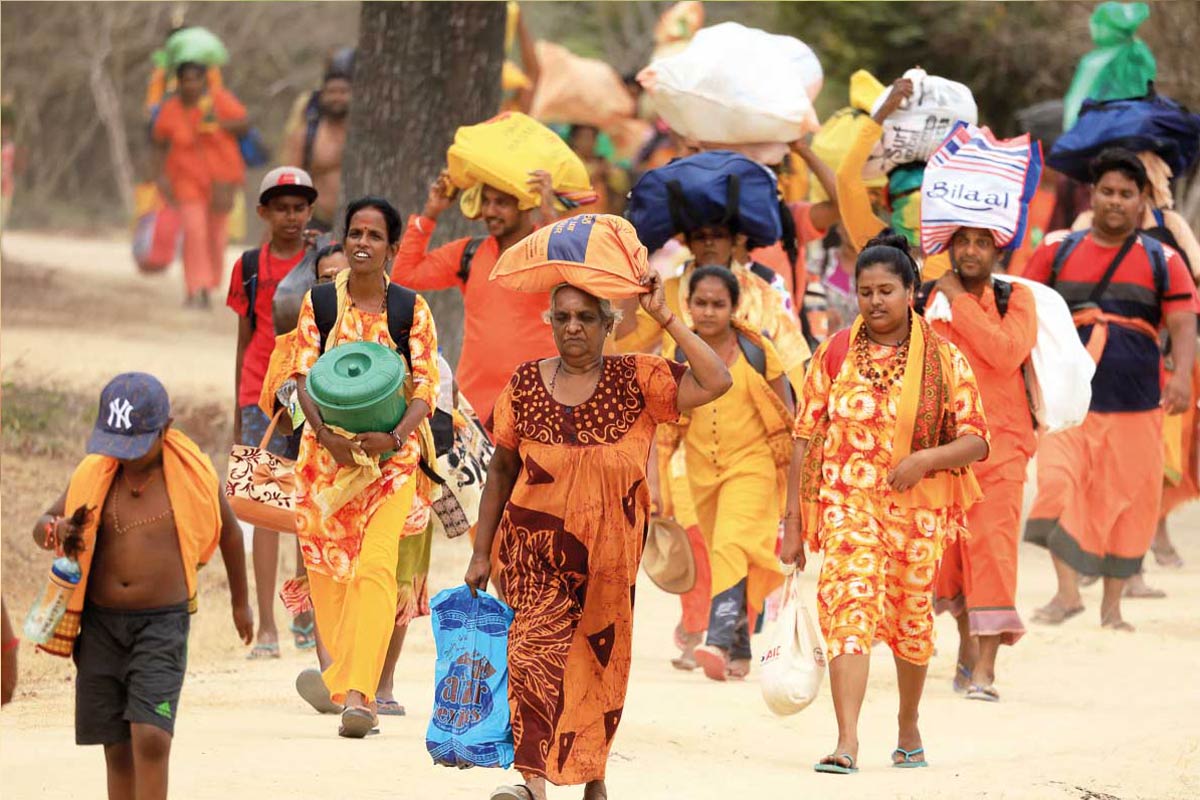
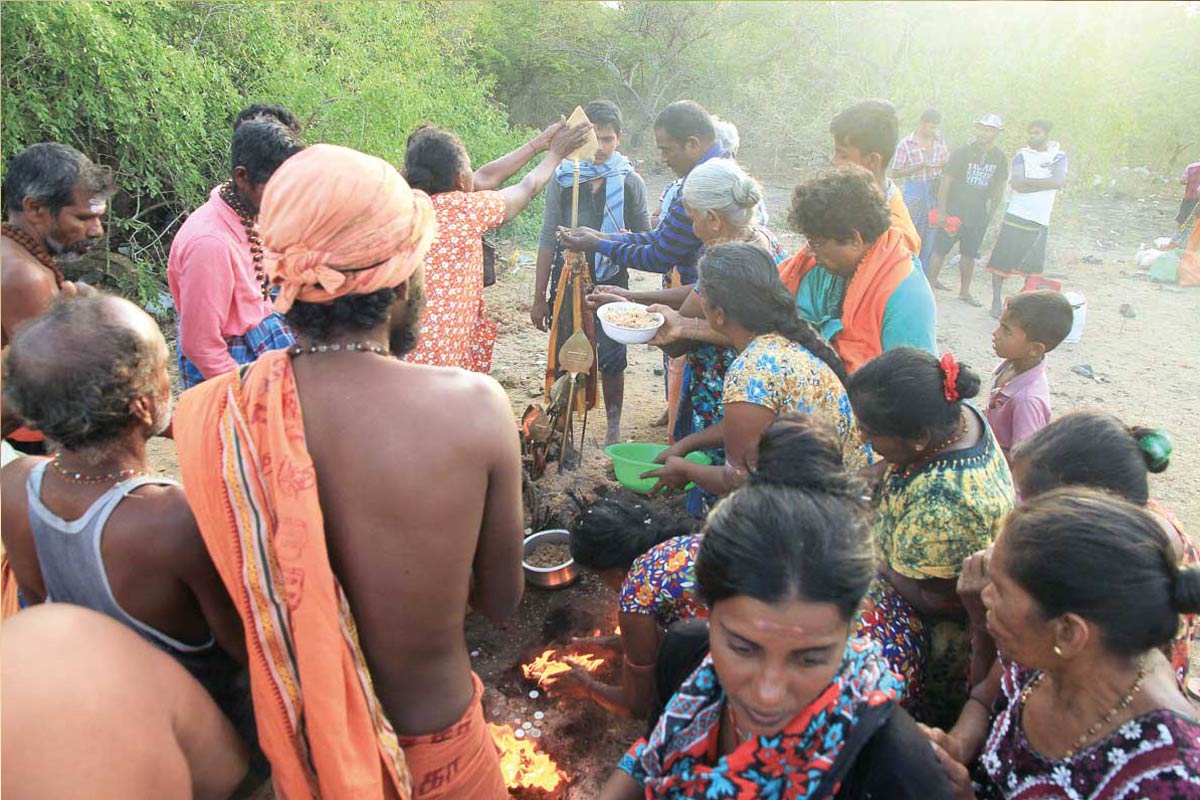
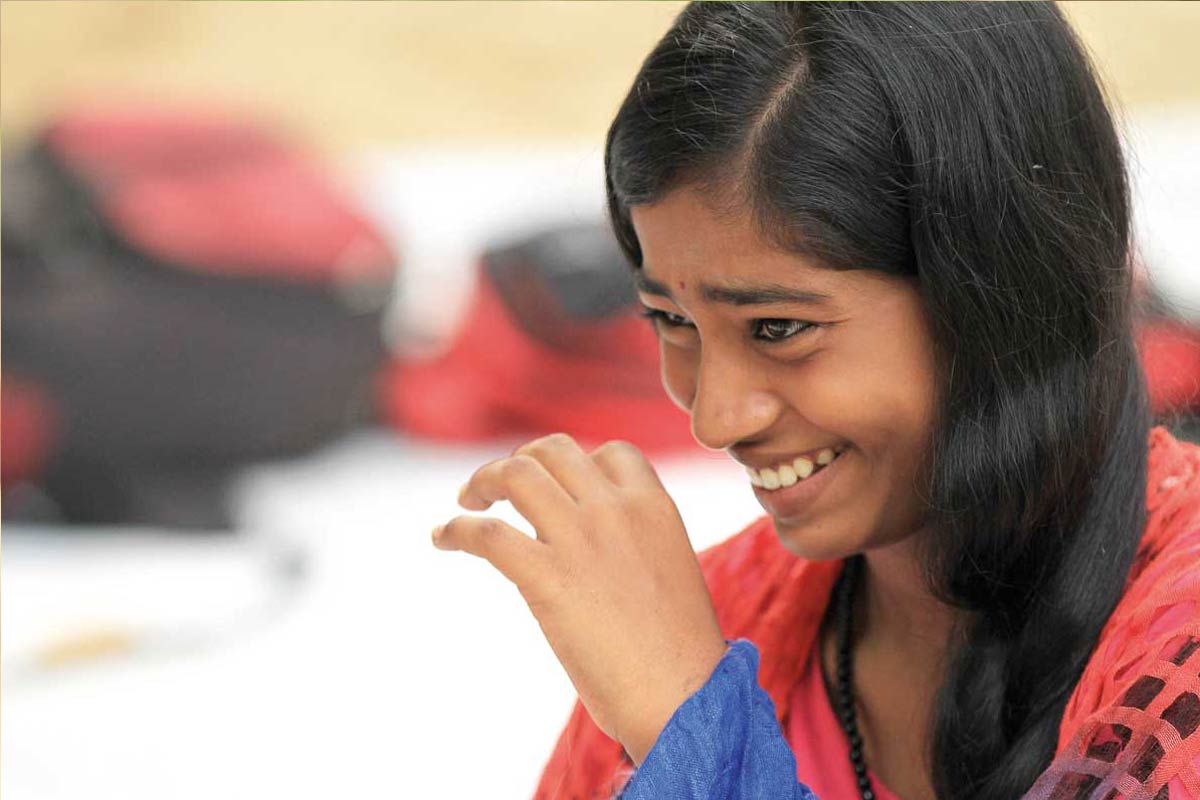

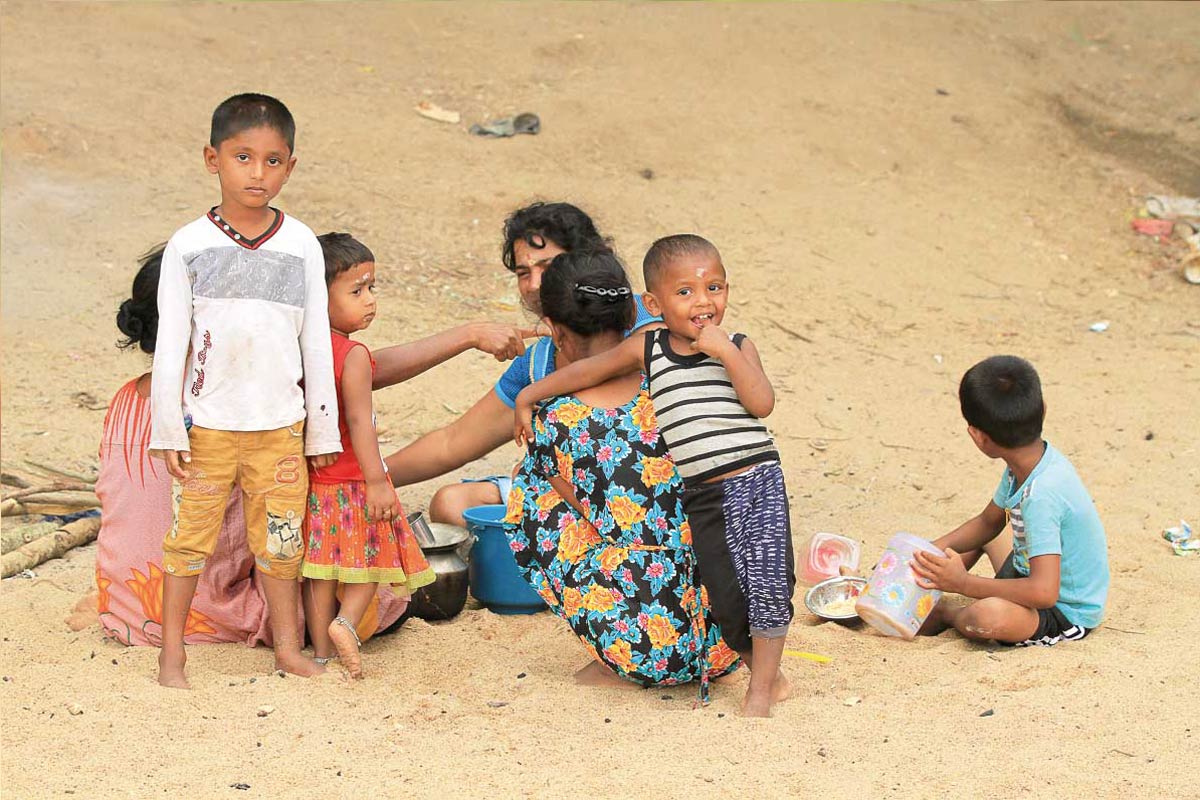
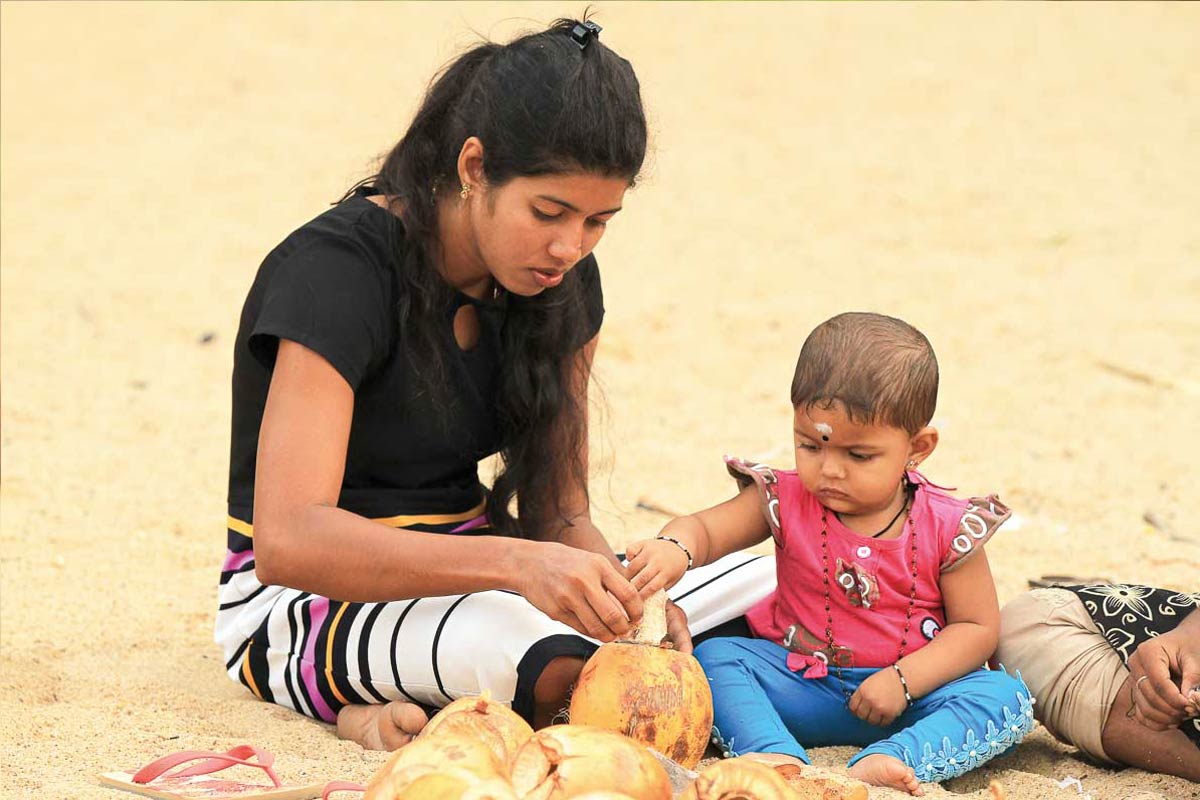

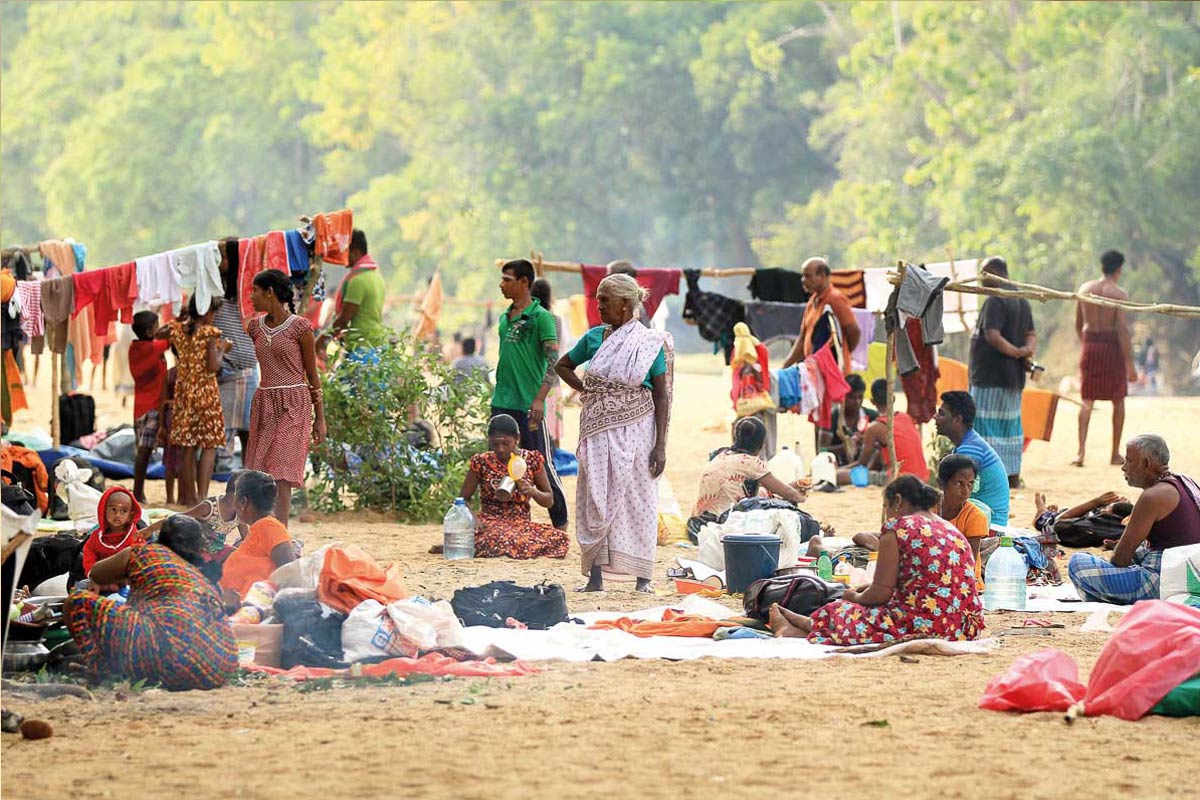
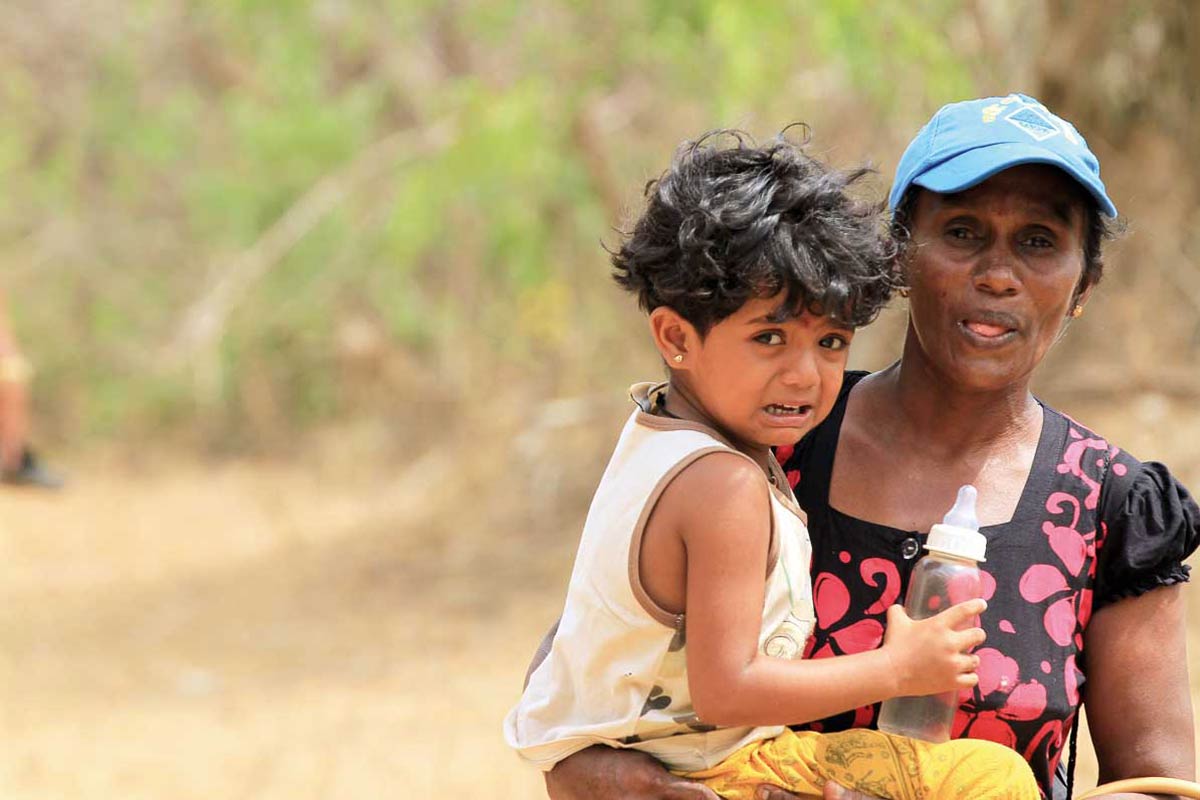
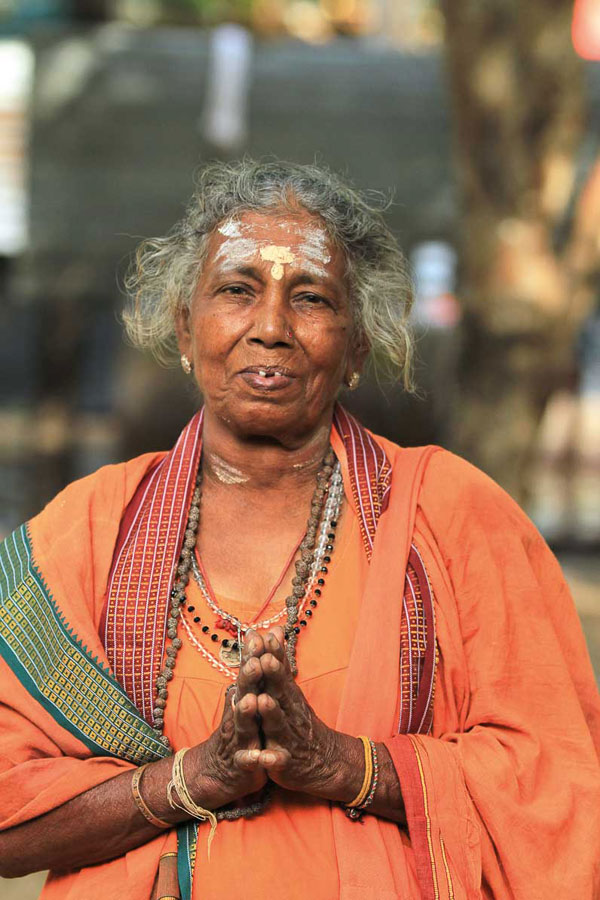
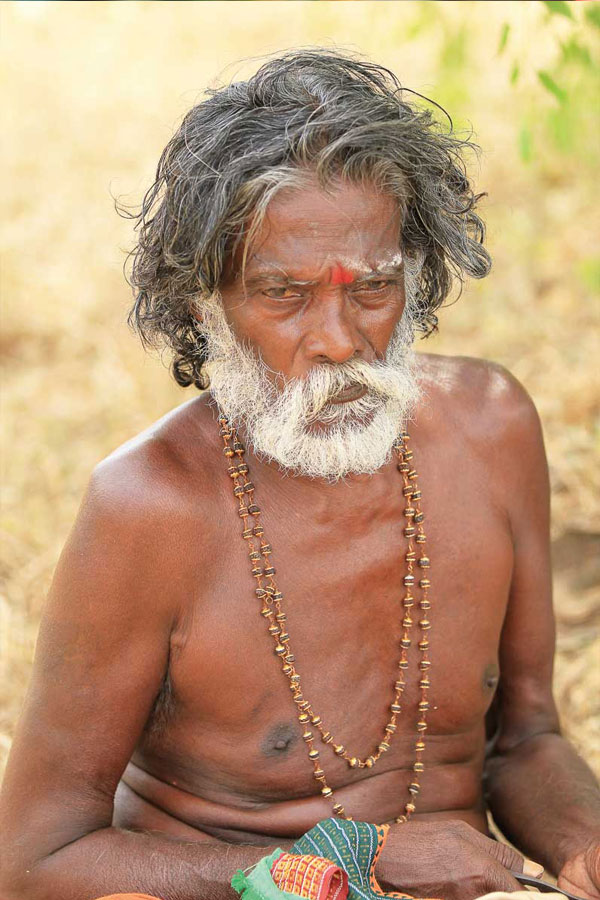
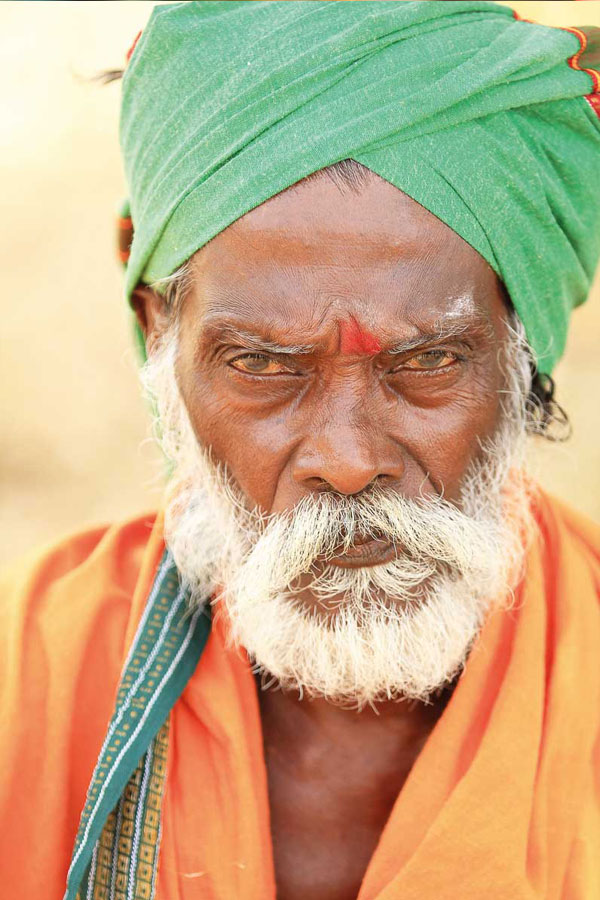
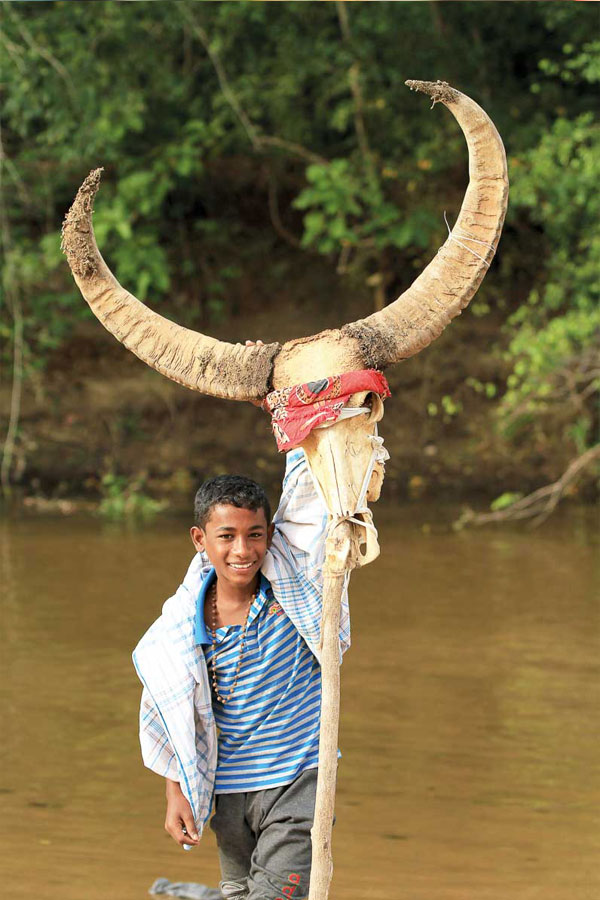
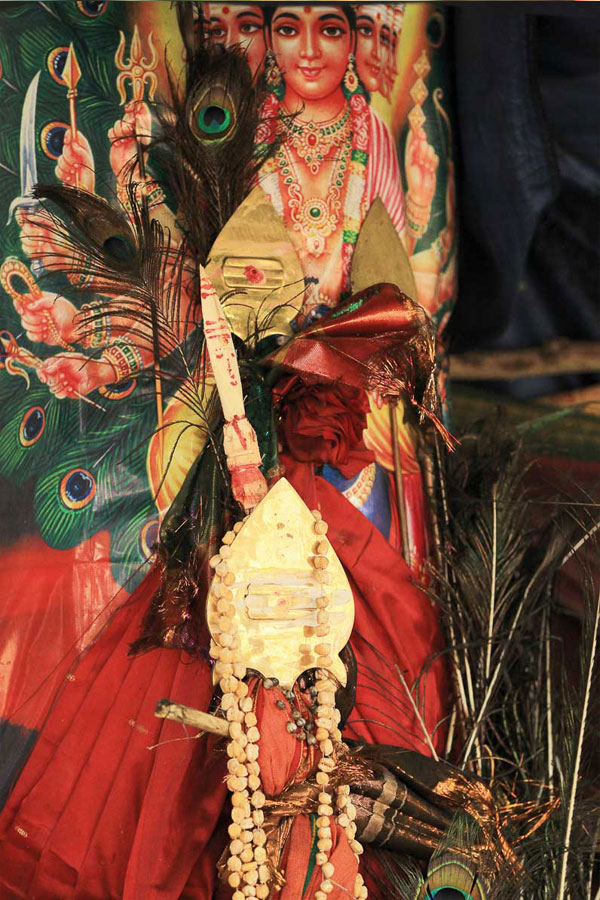
Words : Amrita Hapuarachchi
Additional reporting: Tina Edward Gunawardhana
Photographs: Manilka Jayasingha
Would you willingly sleep and live outside, under the canopy of trees? Or seek refuge in a shrine or temple, not knowing when or where your next meal may come from? Brave death from animal attacks and worse in recent times; This is what separates the ordinary person from the person who is spiritually called to go on the Pādha Yāthra.
The term “Pādha Yāthra” is derived from two Sanskrit words: “Pādha” which means “foot” and “Yāthra” which translates to “journey” or “pilgrimage.” Therefore, the essence of Pādha Yāthra lies in embarking on a sacred journey by foot. Unlike traditional pilgrimages where devotees might travel to a specific temple or religious site, Pādha Yāthra involves traversing sacred paths, forests, mountains, and villages with the primary purpose of seeking spiritual growth and self-realization.
Considering the many pilgrimages in Sri Lanka and India, the Pādha Yāthra from Nagadipa to Kataragama during the months of June and July is considered to be on par with making a pilgrimage to Mount Kailasa in Tibet which is considered by Buddhists and Hindus to be one of high merit. Kataragama is also referred to as Southern Kailasa and it has existed for as long as one could remember as a goal of those in search of spiritual wisdom and liberation. It is said that the Kataragama Pādha Yāthra predates the arrival of Buddhism, Hinduism, Christianity and Island in Sri Lanka and the tradition is bequeathed by the Wanniya-laeto or the Veddahs. This is readily conceded by Kataragama’s kapuralas themselves.
Patrick Harrigan writing in 2018 reveals that in the past pilgrims tended to be swamis and bawas and full time religious enthusiasts. Most remain anonymous, but among them have been great saints, sages and siddhas. Modern well-known pilgrims have included Palkudi Bawa and Yogaswami of Nallur.
Harrigan further elucidates in the ‘70s the number of pilgrims exceeded 1500 from the Jaffna District alone and they would walk to choruses of Harô-Hara!. “Sadly in 1983 the Black July riots brought the Pādha Yāthra to a stop with acts of violence against Tamil pilgrims. Thereafter for years they considered it unwise to walk through Sinhala areas; nor could they walk through the Wanni region. There was no Pādha Yāthra again until 1988 when the Kataragama Devotees Trust was established to protect and preserve Kataragama’s endangered traditions. The non-political character of the Trust and the Pādha Yāthra have earned them the recognition and respect of Sri Lankans of all communities. In all the years of conflict and bloodshed, not once has there been an untoward incident associated with Pādha Yāthra pilgrims. In 1988 a mere 60 pilgrims dared to walk; in later years the figure would swell to the tens of thousands. In 2004, for instance, Wildlife Department officials counted over 30,000 foot pilgrims entering Yala en route to Kataragama.
This year it is reported that over 29,000 pilgrims engaged in the Pādha Yāthra. Although the figures are increasing, there is a steady decline and virtual disappearance of swamis, poets, minstrels, musicians, dancers, and ecstatics in pilgrim’s garb who added much to the ambiance of the journey and helped preserve the traditions of yore. Now bare feet have been replaced by trainers or rubber slippers, while few have wisdom to share.